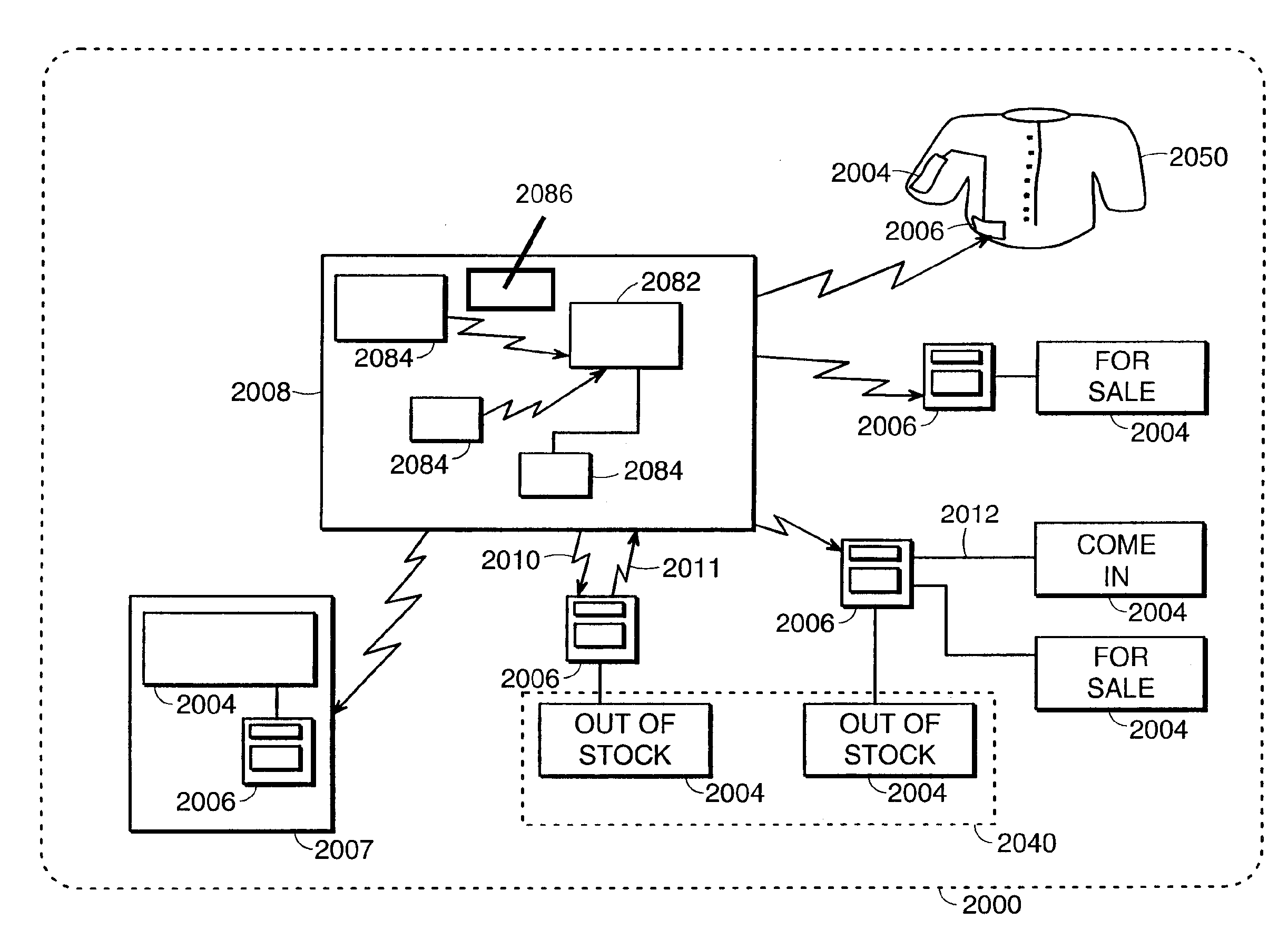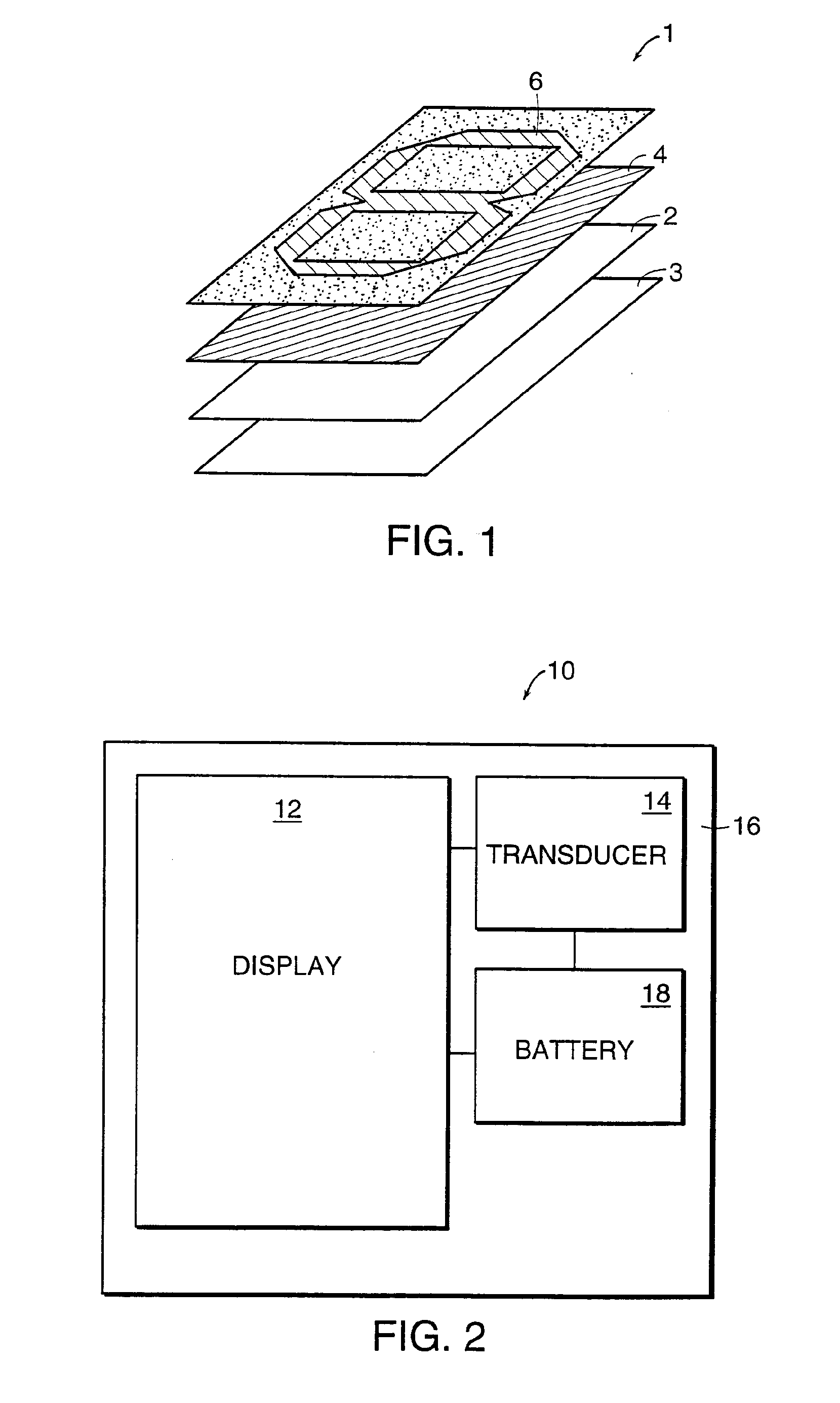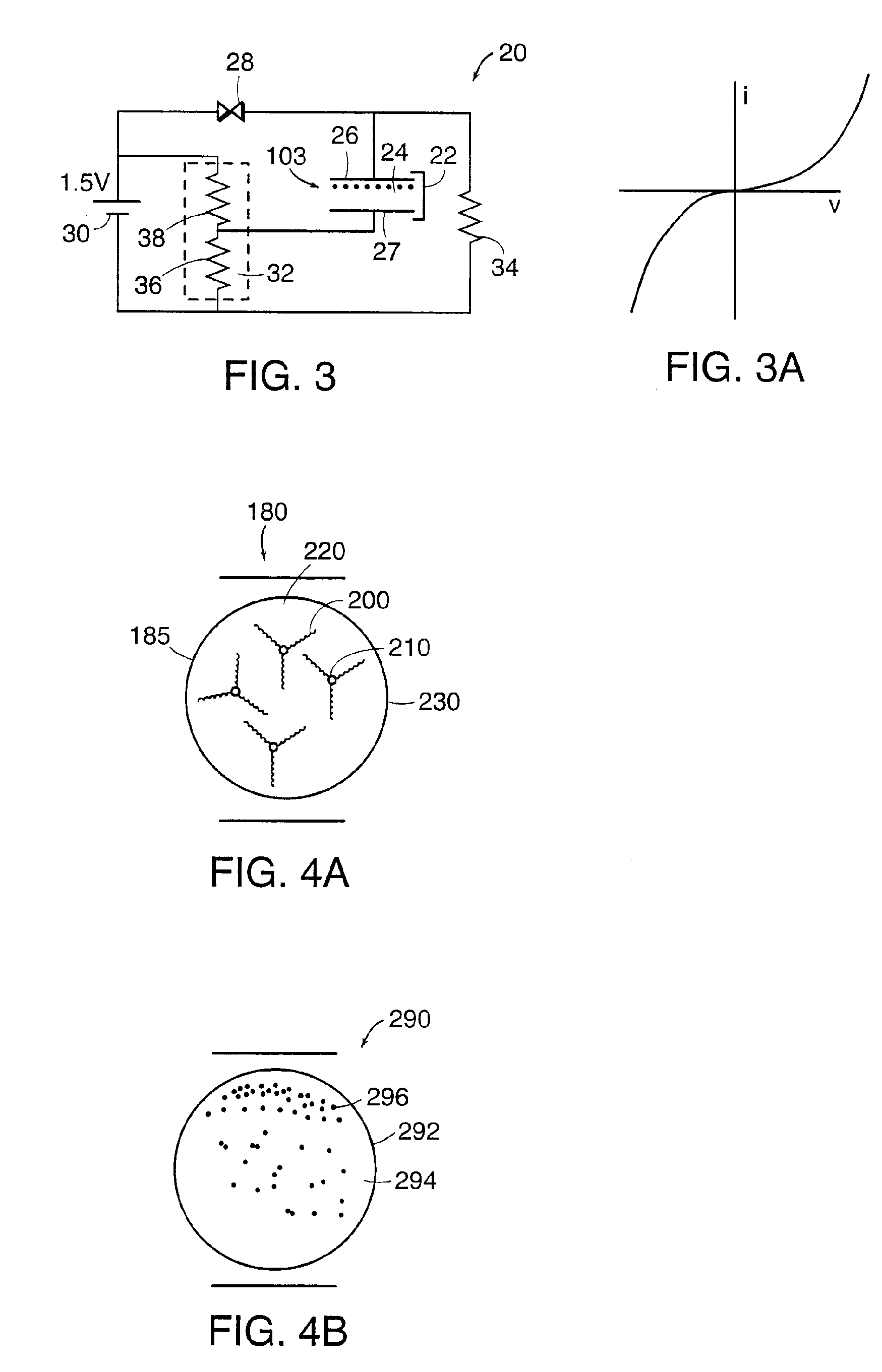Broadcast system for electronic ink signs
- Summary
- Abstract
- Description
- Claims
- Application Information
AI Technical Summary
Benefits of technology
Problems solved by technology
Method used
Image
Examples
Embodiment Construction
[0039] According to the present invention, a control system is provided which communicates with a data receiver in electrical communication with an electrically active display. The present invention takes advantage of the addressable nature of an electrically active display to centrally control the appearance of the electrically active display.
[0040] In a preferred embodiment, all ongoing aspects of control system operation are handled by a server, as directed by a client. In another embodiment, clients are grouped to form an organization client account. In one detailed embodiment, each organization client account has a separate authorization database and display database.
[0041] In one embodiment, the server validates that a client has sufficient access to enter the control system and determines the authorization level of the client to send a specific-message or perform other functions on the control system. When provided with a new message and a list of electrically active displa...
PUM
 Login to View More
Login to View More Abstract
Description
Claims
Application Information
 Login to View More
Login to View More - R&D
- Intellectual Property
- Life Sciences
- Materials
- Tech Scout
- Unparalleled Data Quality
- Higher Quality Content
- 60% Fewer Hallucinations
Browse by: Latest US Patents, China's latest patents, Technical Efficacy Thesaurus, Application Domain, Technology Topic, Popular Technical Reports.
© 2025 PatSnap. All rights reserved.Legal|Privacy policy|Modern Slavery Act Transparency Statement|Sitemap|About US| Contact US: help@patsnap.com



